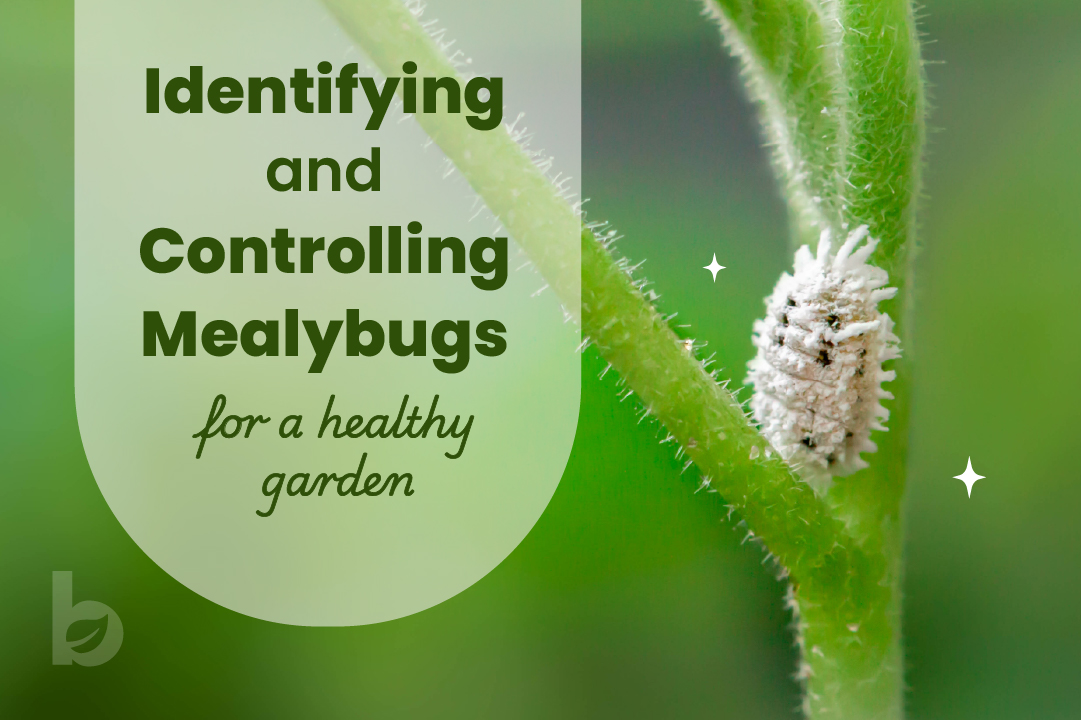
Gardening is a joyful and rewarding experience, but sometimes, tiny uninvited guests can cause big trouble for our plants. One such pesky intruder is the mealybug. These little pests may look harmless, but if left unchecked, they can wreak havoc on your beloved greens. If you’ve been wondering how to get rid of mealybugs, you’re in the right place! Let’s explore everything about them—how to identify them, control them, and keep them away for good.
What Are Mealybugs?
Mealybugs are small, soft-bodied insects that belong to the scale insect family. They have a distinctive white, cotton-like appearance, which makes them easy to spot on plants. These pests love warm, humid environments and often hide in leaf axils, stem joints, and root zones.
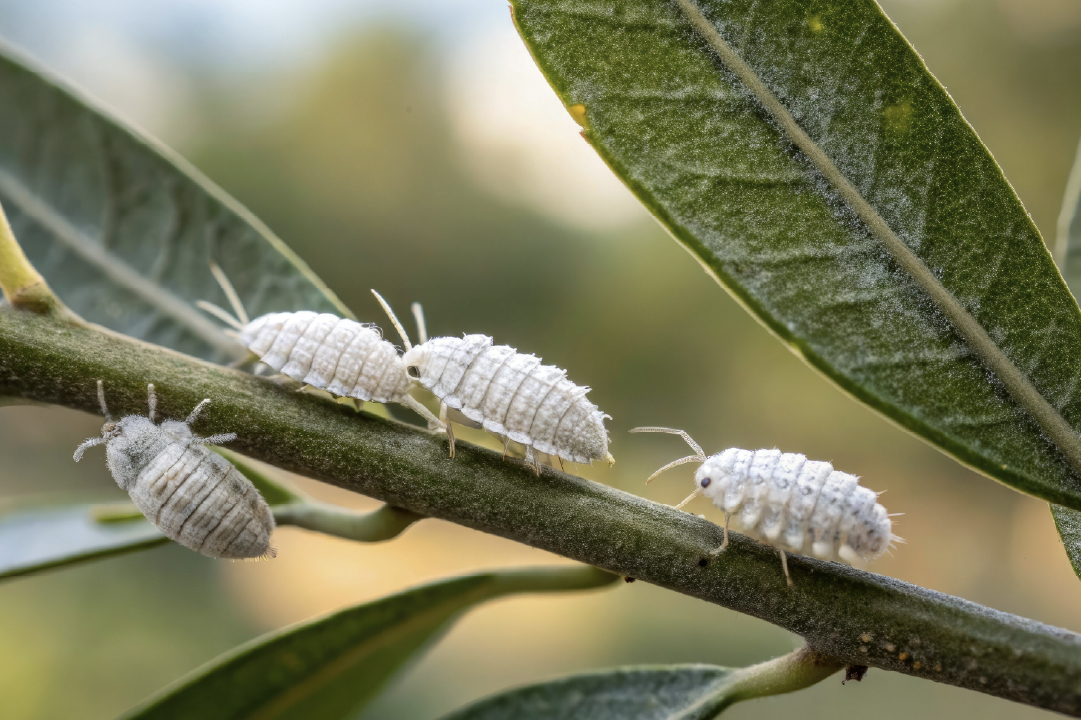
Unlike some other plant pests, mealybugs don’t chew leaves. Instead, they use their needle-like mouthparts to suck plant sap, leading to yellowing leaves, stunted growth, and overall plant stress. The worst part? They secrete a sticky substance called honeydew, which attracts ants and promotes the growth of sooty mold, making your plants even more vulnerable.
Signs of a Mealybug Infestation
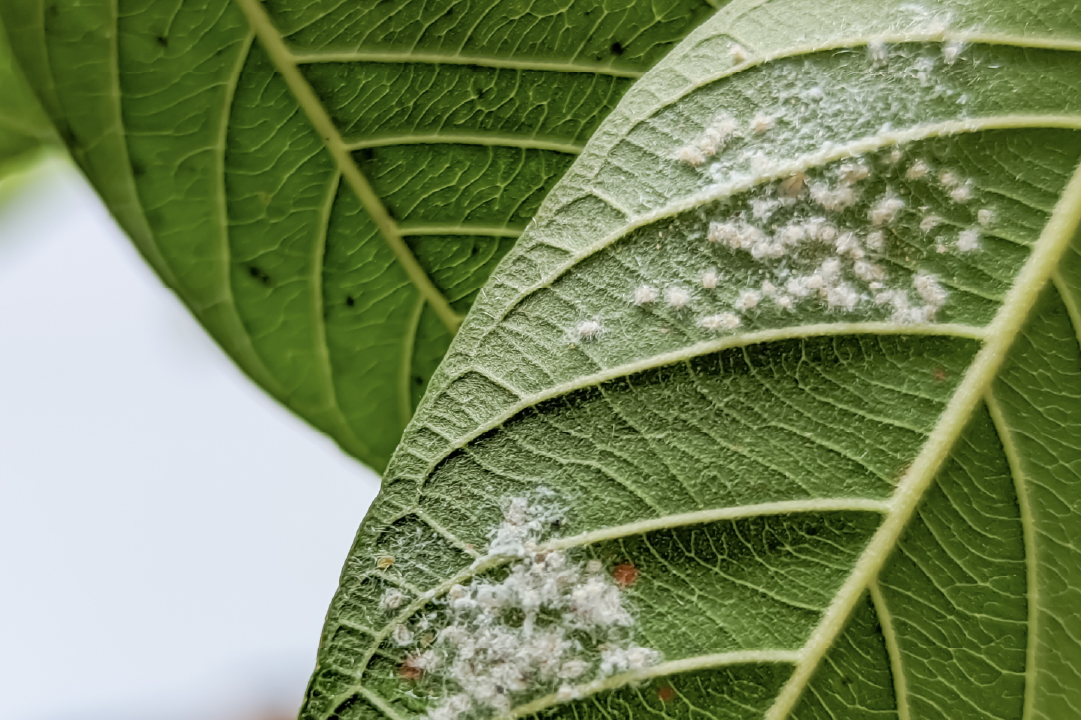
Early detection is crucial in tackling mealybugs effectively. Here are some telltale signs:
- White, fuzzy patches on leaves and stems
- Sticky, shiny honeydew residue on plant surfaces
- Black sooty mold growing on leaves
- Ant activity near affected plants (ants protect mealybugs because they feed on the honeydew)
- Yellowing, curling, or wilting leaves
Common Plants Affected by Mealybugs
Mealybugs aren’t picky eaters! They attack a wide range of plants, including:
- Indoor plants: Orchids, ferns, African violets, succulents
- Outdoor ornamentals: Hibiscus, gardenias, roses, and jasmine
- Fruit trees: Citrus, mango, grapes, and apples
- Vegetables and herbs: Tomatoes, peppers, basil, and mint
How to Get Rid of Mealybugs
Now that you know how to identify these pests, let’s discuss how to get rid of mealybugs effectively. The good news? There are multiple natural and chemical solutions to eliminate them!
1. Manual Removal
For small infestations, you can remove mealybugs manually:
- Dip a cotton swab in rubbing alcohol and dab it directly on the mealybugs.
- Use a soft toothbrush or a jet of water to dislodge them from leaves and stems.
- Regularly inspect the undersides of leaves and plant joints for new outbreaks.
2. Neem Oil Spray
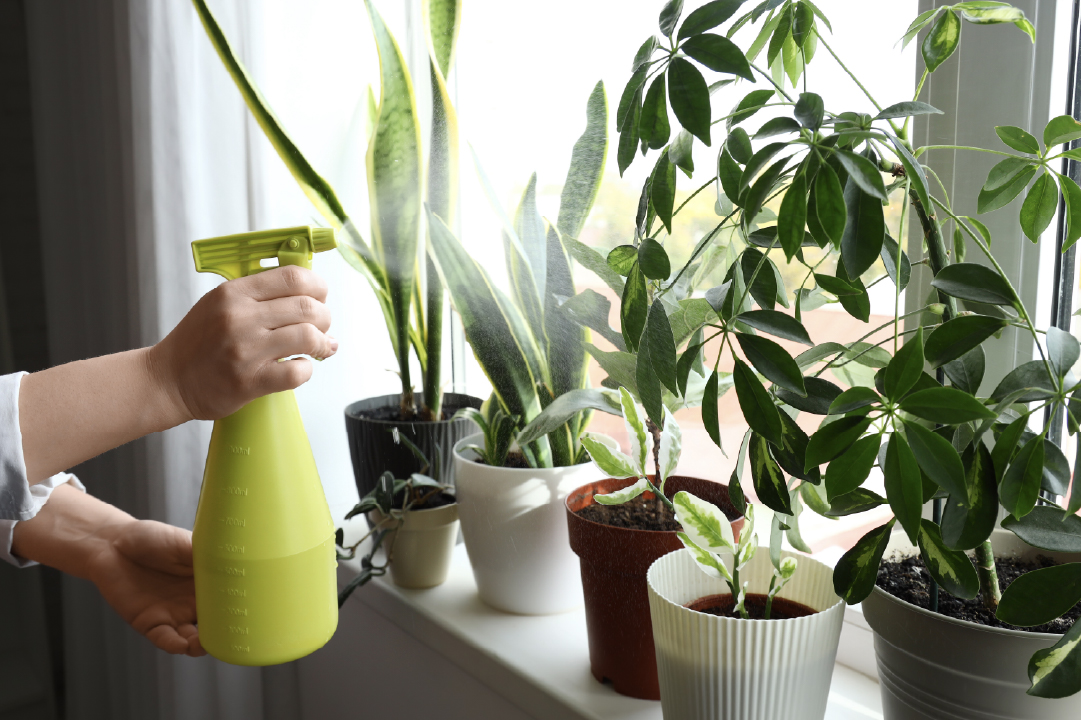
Neem oil is a natural insecticide that disrupts the life cycle of mealybugs and prevents future infestations. Here’s how to use it:
- Mix 2 tablespoons of neem oil with 1 liter of water and add a few drops of liquid soap.
- Spray it thoroughly on the affected plant, ensuring coating on leaves, stems, and the soil.
- Repeat every 7–10 days until the infestation is gone.
3. Insecticidal Soap
If neem oil doesn’t work fast enough, insecticidal soap is another great option. It penetrates the waxy coating of mealybugs and dehydrates them. Be sure to:
- Spray during the cooler hours of the day to avoid leaf burn.
- Reapply every 5–7 days for effective results.
4. Encourage Natural Predators
Nature has its own way of controlling pests! Introducing beneficial insects like ladybugs, lacewings, and mealybug destroyers can keep mealybug populations in check. You can buy these beneficial insects online or from gardening stores.
5. Organic Remedies: Garlic & Alcohol Spray
A homemade spray can be just as effective in killing mealybugs:
- Blend two cloves of garlic with 500ml of water.
- Strain the liquid and mix in one tablespoon of rubbing alcohol.
- Spray the solution on affected plants every three days.
6. Chemical Control for Severe Infestations
If the infestation is out of control, you may need to use systemic insecticides. These products are absorbed by the plant and kill mealybugs when they feed on the sap. Always follow label instructions and avoid spraying during pollinator activity.
Preventing Mealybug Infestations
Prevention is better than cure! Here’s how you can keep mealybugs away:
- Inspect new plants before bringing them home.
- Wipe leaves regularly with a damp cloth to remove dust and pests.
- Keep ants under control, as they protect mealybugs from predators.
- Use well-draining soil to prevent root mealybugs.
- Prune heavily infested areas to prevent spreading.
The Ultimate Mealybug Solution: DeHaat Bageecha Health 360
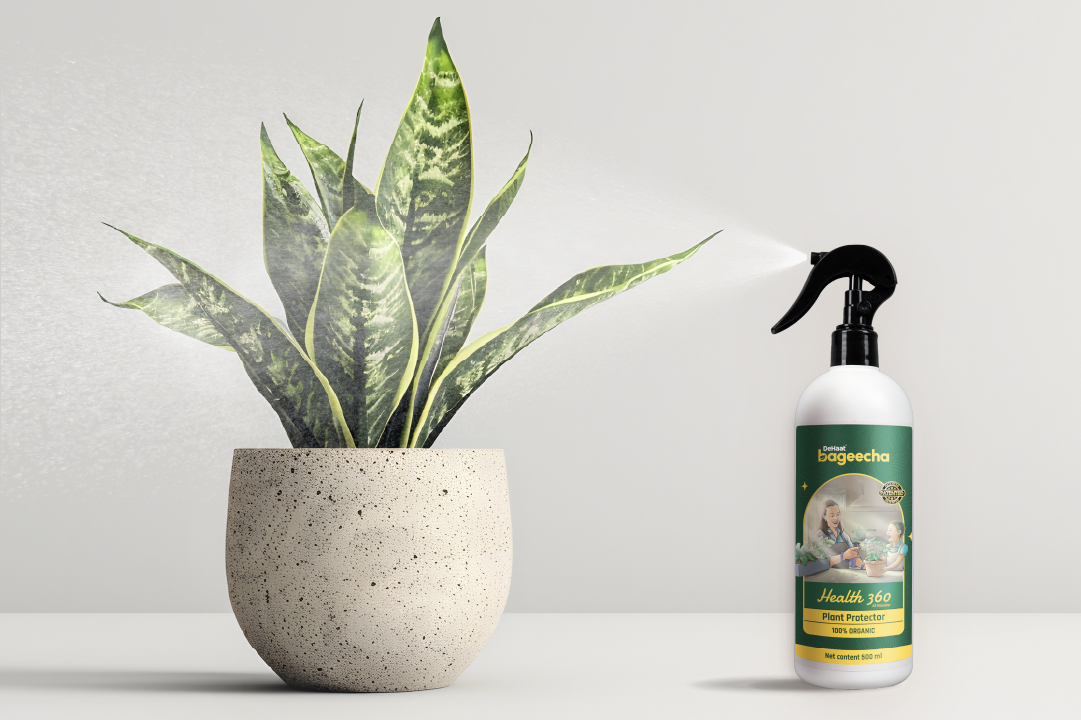
If you’re looking for an easy, effective, and organic way to tackle mealybugs, DeHaat Bageecha Health 360 is the perfect solution! This 100% natural plant protection spray helps eliminate mealybugs and other pests without harming beneficial insects.
- Fast-acting & organic
- Safe for pets & children
- Easy to use
Keep your garden thriving and pest-free with DeHaat Bageecha Health 360—your ultimate solution on how to get rid of mealybugs. Get yours today and say goodbye to pests for good!
FAQs
1. Do mealybugs bite humans?
No, mealybugs do not bite humans. They feed exclusively on plant sap and have no interest in people, pets, or other animals. Their tiny, needle-like mouthparts are designed to pierce plant tissue, not human skin. While they may look unsettling, these pests pose no direct harm to you.
2. Can mealybugs spread from plant to plant?
Yes! Mealybugs can move between plants in multiple ways. While they are slow crawlers, they can hitch a ride on contaminated tools, pots, soil, clothing, or even wind. If you place an infested plant near a healthy one, the pests can migrate and start feeding on the new host. That’s why quarantining new plants and regular inspections are crucial for preventing infestations.
3. How long does it take to get rid of mealybugs?
It depends on the severity of the infestation and the treatment used. Minor infestations can be controlled within two to three weeks using neem oil or alcohol swabs. However, severe infestations may require a combination of treatments over four to six weeks to fully eliminate the pests and their eggs. Consistency is key—continue treatment even after mealybugs seem to be gone to prevent resurgence.
4. Will vinegar kill mealybugs?
Vinegar is not an effective solution for mealybug control. While it can kill some soft-bodied insects, it may also damage plant tissue due to its acidic nature. Instead, use neem oil, insecticidal soap, or a diluted alcohol solution, which are proven to eliminate mealybugs safely without harming plants.
5. Can mealybugs survive in soil?
Yes! Root mealybugs live in soil and feed on plant roots, often causing wilting, yellowing, and stunted growth. These underground pests are harder to detect, so you may notice symptoms before seeing the bugs themselves. To get rid of root mealybugs, try:
- Repotting the plant in fresh, well-draining soil
- Soaking the root ball in a neem oil solution before replanting
- Using beneficial nematodes, microscopic worms that naturally control soil pests
6. What temperature kills mealybugs?
Mealybugs thrive in warm, humid environments, typically between 18°C and 30°C (65°F–85°F). Extreme heat above 50°C (122°F) or freezing temperatures can kill them. However, using temperature extremes to eliminate mealybugs isn’t practical, as it can harm plants too. Instead, opt for targeted pest control methods.
7. How do I prevent mealybugs from coming back?
Preventing mealybugs is easier than treating them! Here’s how to keep them away for good:
- Inspect new plants before introducing them to your garden
- Keep leaves clean by wiping them with a damp cloth
- Encourage beneficial insects like ladybugs and lacewings
- Prune and dispose of heavily infested parts
- Use neem oil as a preventive spray every few weeks
8. Are mealybugs more common in indoor or outdoor plants?
Mealybugs attack both indoor and outdoor plants, but they are more common indoors because the warm, stable temperatures create an ideal breeding environment. Houseplants like succulents, orchids, ferns, and pothos are particularly vulnerable. Outdoor plants can also suffer, especially in warm climates or greenhouse settings.



